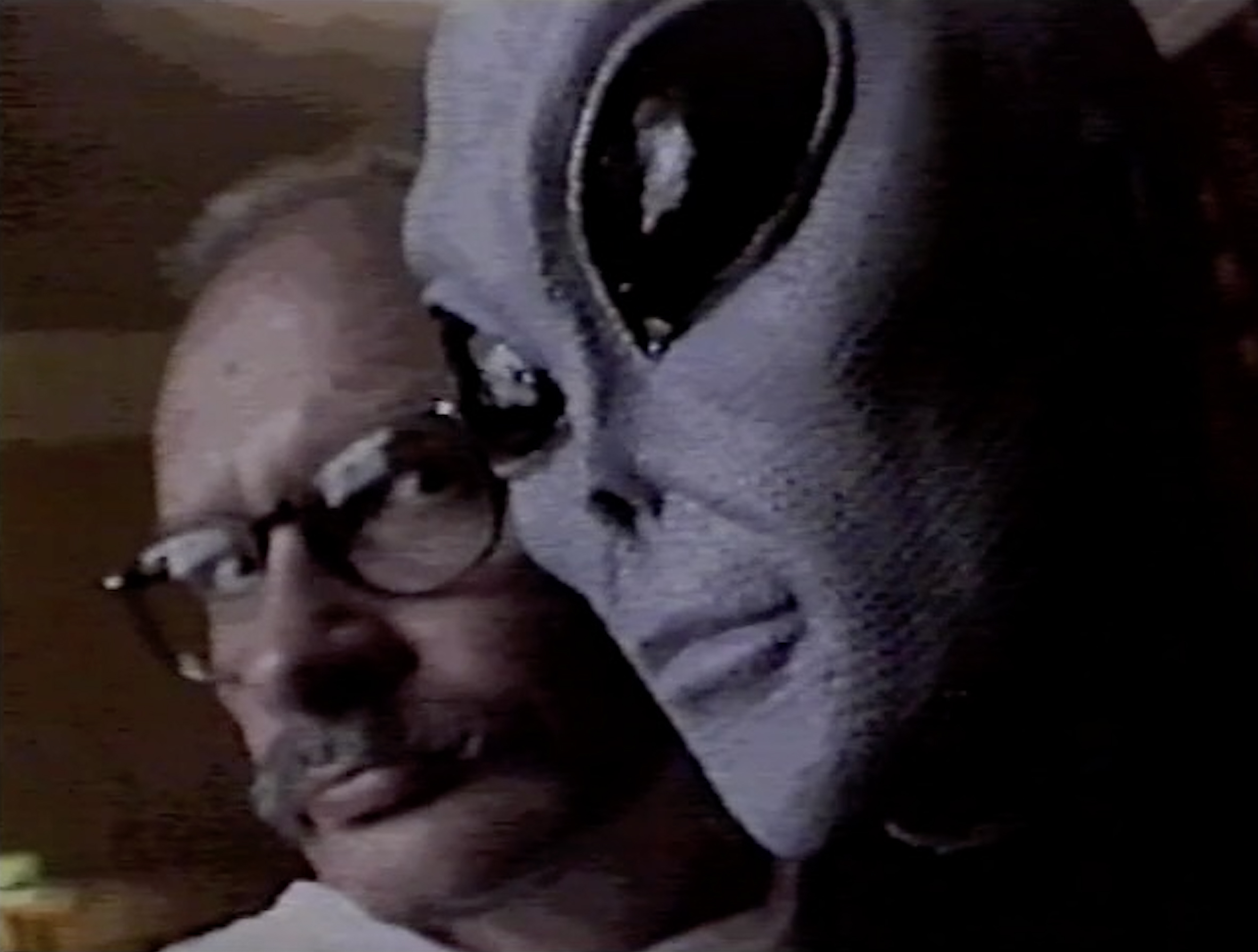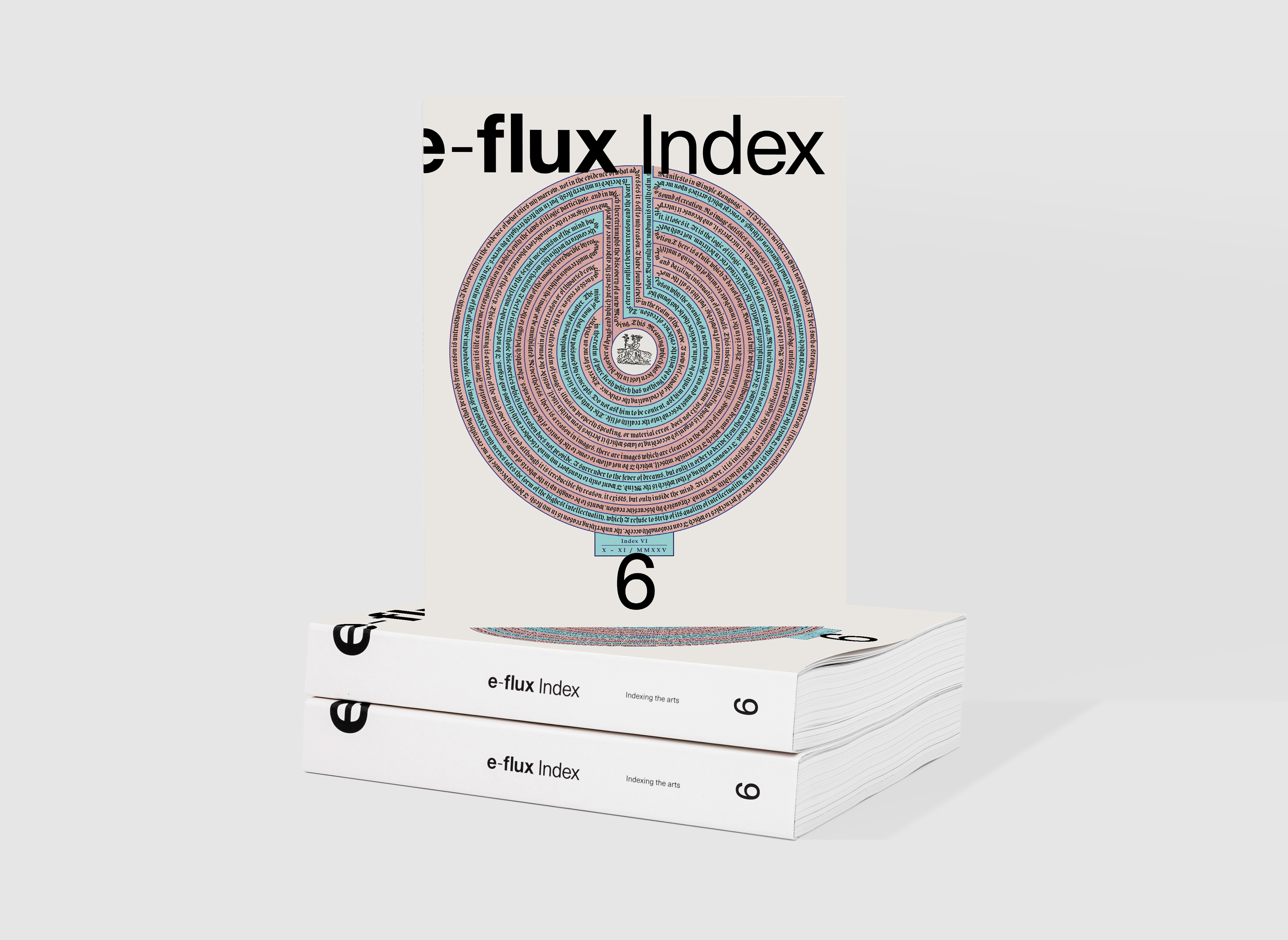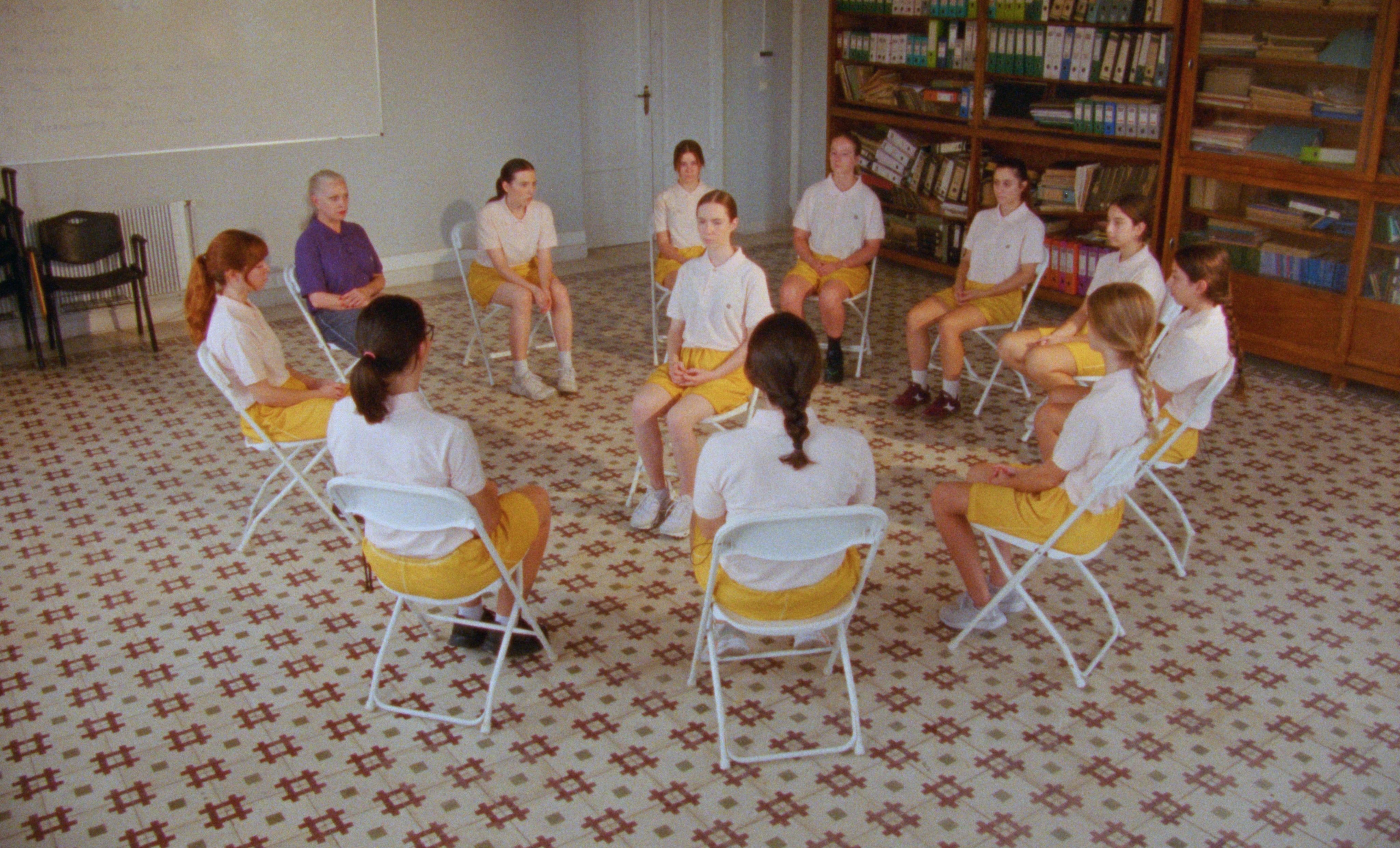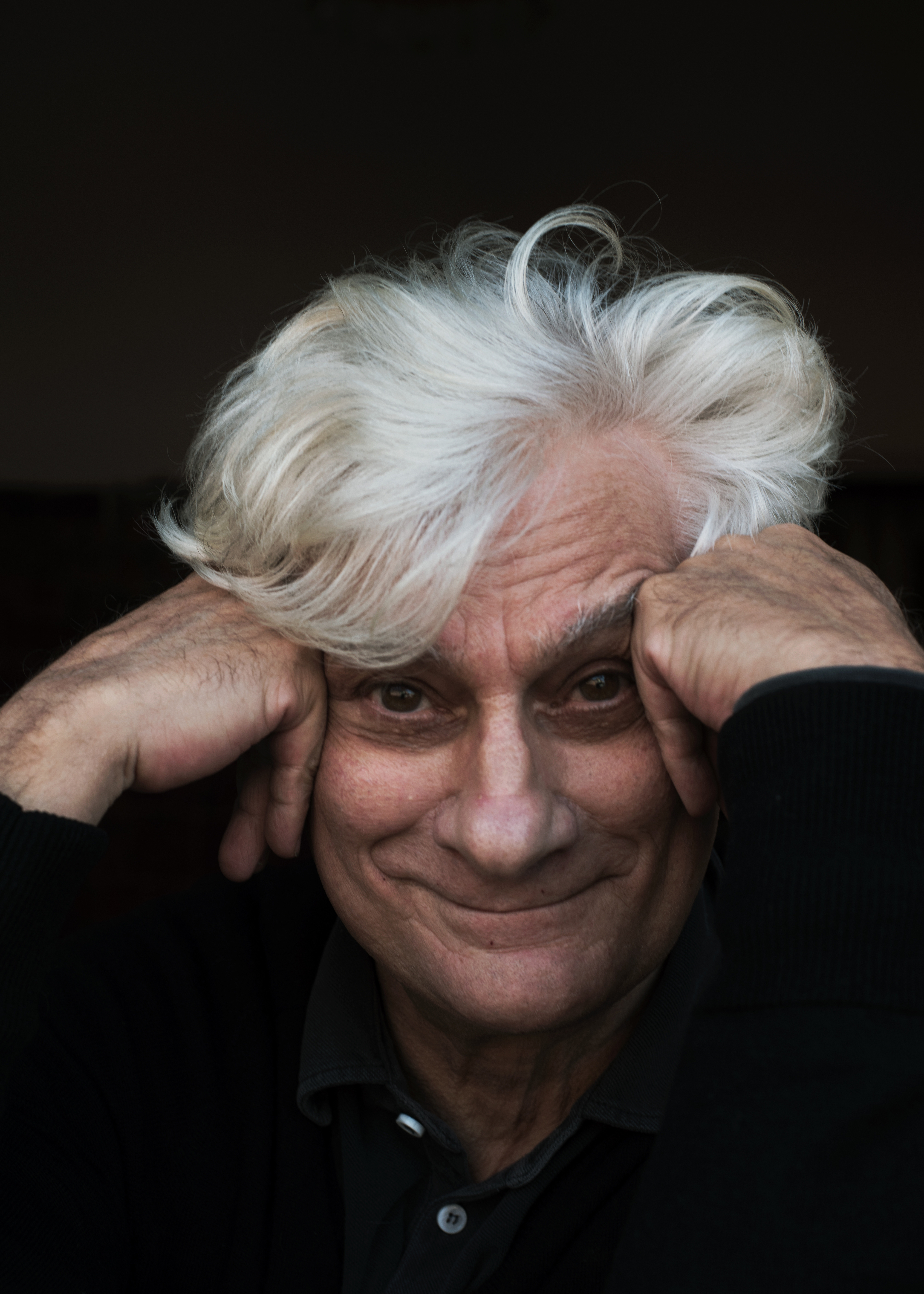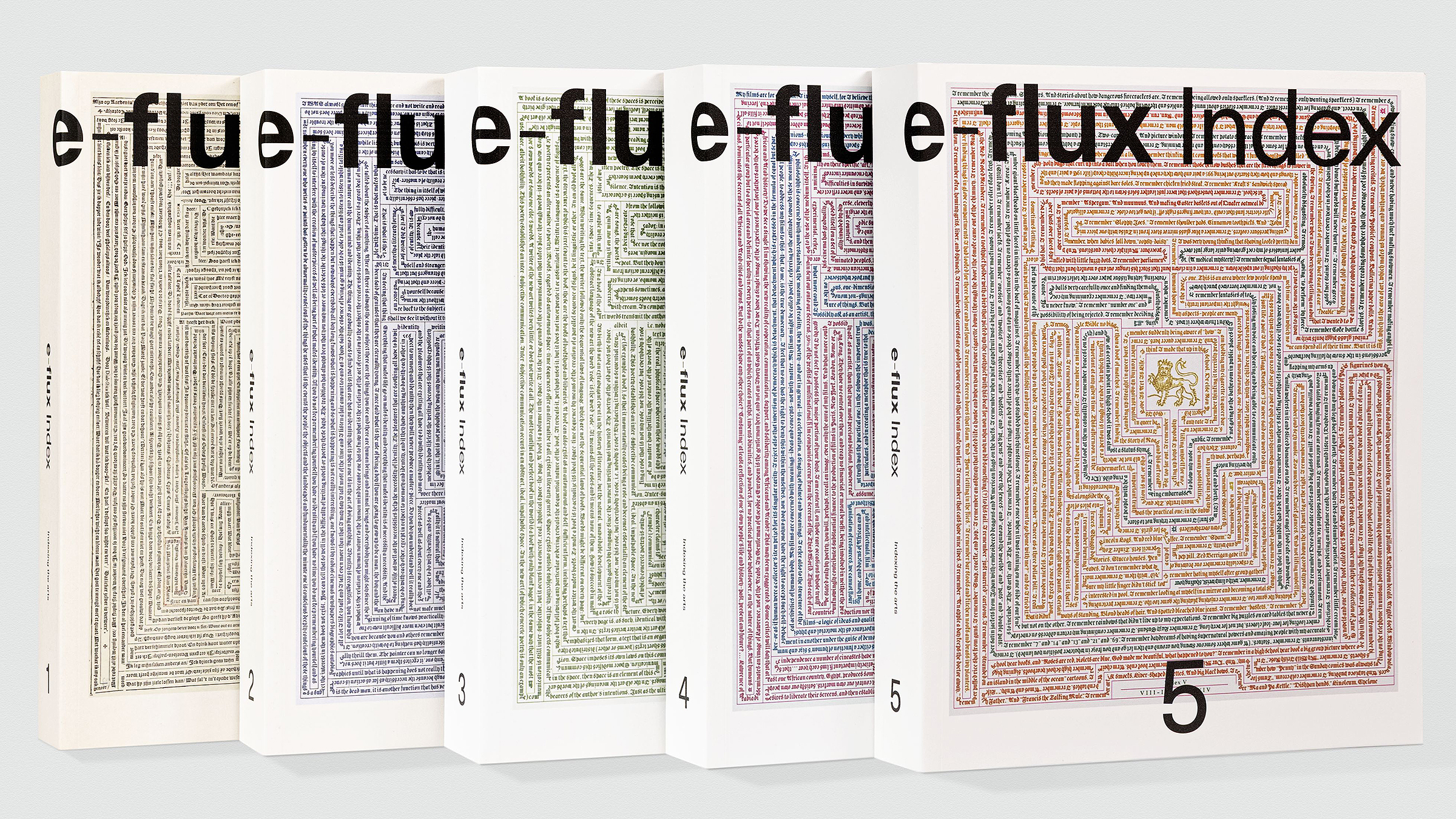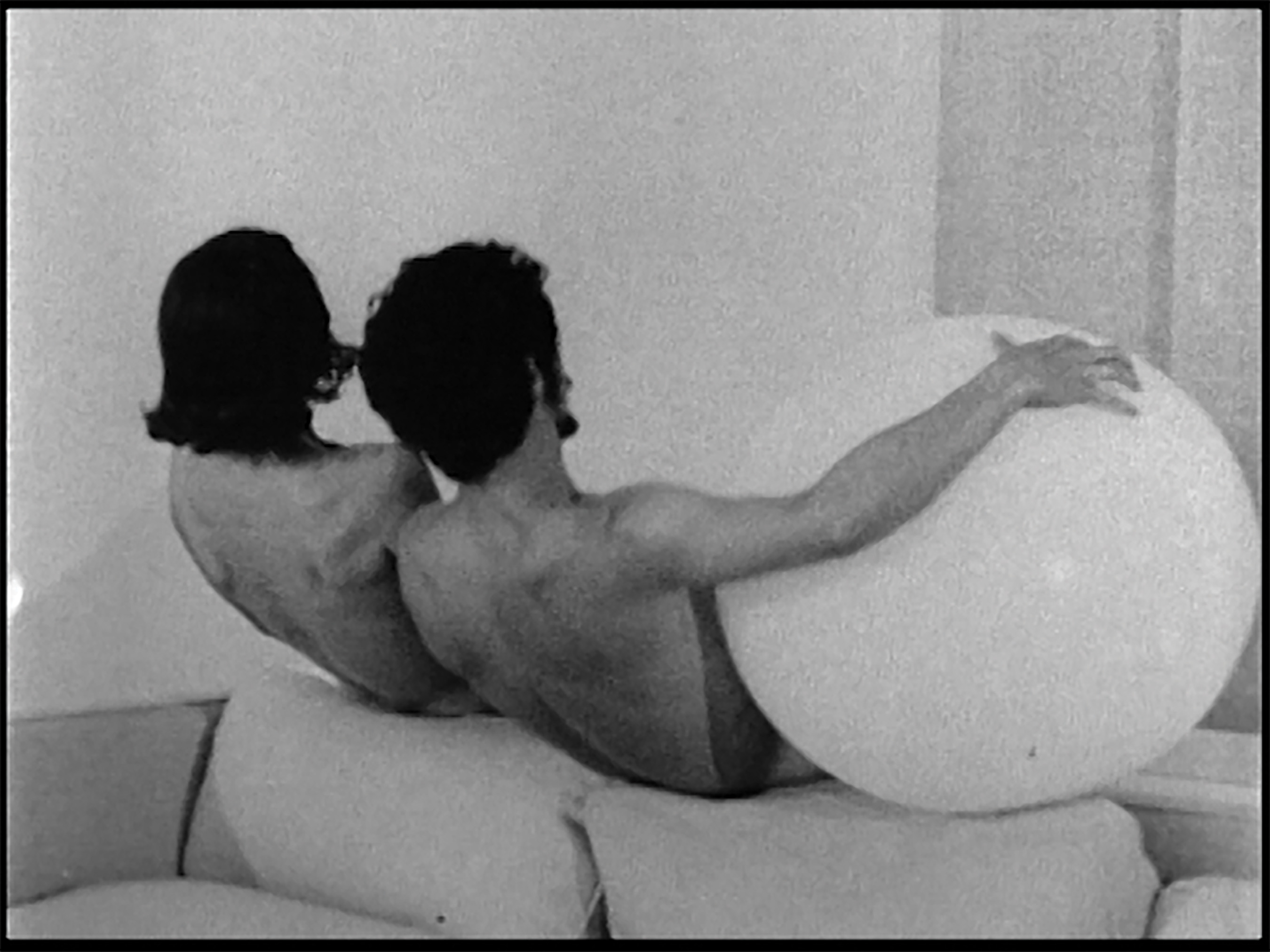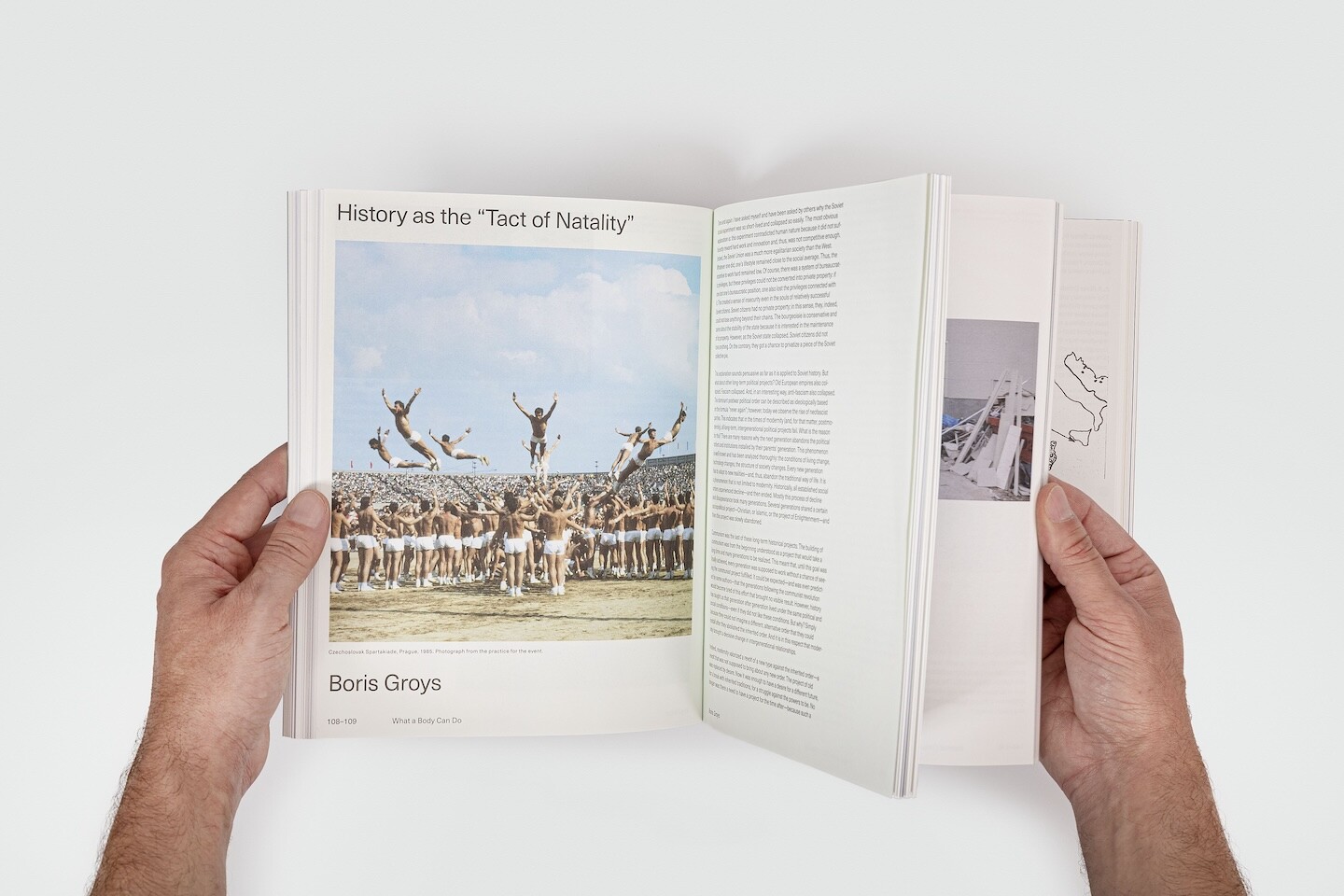Part Four | Reading the Earth: Vibrant Matter and Human Hubris
Join us on e-flux Video & Film for Reading the Earth: Vibrant Matter and Human Hubris, the fourth part of the online series Ecology After Nature convened by Lukas Brasiskis.
In the age of advanced technology, the earth could be read as if it were a script that needs to be interpreted—a trace of its own past and future. This recalls traditional beliefs in animistic nature and begs the question: What are the political implications of recognizing that everything—including rocks, garbage, polluted air, volcanic deserts, the oceans—is alive? The films in this fourth part of the series probe the limits and potentials of visualizing the wasted, the inanimate, and the geological. The Otolith Group’s Medium Earth (2013), Ernst Karel, Toby Lee, and Pawel Wojtasik’s Single Stream (2014), Malena Szlam’s Altiplano (2018), Arjuna Neuman and Denise Ferreira’s 4 Waters, Deep Implicancy (2018), and Zlatko Ćosić’s Un-Pollute (2017) examine images of vibrant matter composed by a complex web of active bodies and materials.
In addition to the film screenings, this part of the series also features the online discussion Visualizing the Anthropocene: Aesthetics and Politics, with T.J. Demos, Toby Lee, Sasha Litvintseva, and Susana de Sousa Dias, moderated by Brasiskis.
The films will screen for two weeks from Sunday, September 27 through Saturday, October 10, 2020.
The discussion will livestream on Thursday, October 1, 2020 at 1pm EST, and will include audience Q&A via chat.
Ecology After Nature
Part Four | Reading the Earth: Vibrant Matter and Human Hubris
Sunday, September 27—Saturday, October 10, 2020
The Otolith Group, Medium Earth, 2013
29 minutes
The Otolith Group explores the earthquake endangered geology of California as well as the spatialized unconscious of capitalist modernism. Through pictures that appeal to the senses and the voice of a “medium” whose body is sensitive to seismic occurrences, the film listens to California’s deserts, translates what the stones write, and decodes the calligraphy of the earth’s crevices.
Ernst Karel, Toby Lee, and Pawel Wojtasik, Single Stream, 2014
23 minutes
Single Stream takes a close look at the problem of waste, through a visual and sonic exploration of a recycling facility. The title refers to the “single stream” method of recycling in which all types of recyclables are initially gathered together, then later sorted at a specialized facility. With Single Stream, viewers enter one of the largest of these materials-recovery facilities in the US. Blurring the line between observation and abstraction, Single Stream is a meditation on our society’s culture of excess and its consequences.
Malena Szlam, Altiplano, 2018
16 minutes
Filmed in the Andean Mountains in the traditional lands of the Atacameño, Aymara, and Calchaquí-Diaguita in Northern Chile and Northwest Argentina, Altiplano takes place within a geological universe of ancestral salt flats, volcanic deserts, and colored lakes. Fusing earth with sky, day with night, heartbeat with mountain, and mineral with iridescent cloud, Altiplano reveals a vibrating landscape in which a bright blue sun threatens to eclipse a blood-red moon.
Arjuna Neuman and Denise Ferreira da Silva, 4 Waters-Deep Implicancy, 2018
30 minutes
4 Waters-Deep Implicancy is a call to re-think our planetary relationships. The film asks us to consider our world out of time, to think about a primordial moment of entanglement prior to the separation of matter into the forms we currently know, both human and non-human—a time the filmmakers describe as “deep implicancy.” Moving across four bodies of water—the Mediterranean, the Pacific, the Atlantic, and the Indian Ocean—the film follows the movement of people as well as elements and matter, taking a planetary view of the present and inviting us to question the ethics that drive our current moment.
Zlatko Ćosić, Un-Pollute, 2017
3 minutes
Un-Pollute is a short video that entices us with the possibility of reversing humanmade damage to the planet. A smokestack consumes a plume of vapor, silhouetted against a pale gray sky. The video manifests our desire to un-pollute via images of humanmade machines that inhale humanmade pollution, allowing us to produce and consume energy and its products without interference. At times, it appears as if the final plume of toxins will be reabsorbed by the smokestack, but more smoke reconstitutes as if from thin air.
Visualizing the Anthropocene: Aesthetics and Politics
Online discussion with T.J. Demos, Toby Lee, Sasha Litvintseva, Susana de Sousa Dias, and Lukas Brasiskis
Thursday, October 1, 2020 at 1pm EST
We have entered a new geological epoch, when human impact has damaged the Earth’s biological systems to the point that mass extinction, of human and nonhuman life, is now a real possibility. Anthropocene is the name given by scientists to this time marked by human intervention primarily characteristic of the burning of fossil fuels, carrying out nuclear tests. and extracting resources of all sorts. Although the epoch of Anthropocene is only 300 years old, its effects extend across locations as well as acquire varying capitalogenic dimensions. Many moving image artists have recently attempted to visualize this ecological crisis—its causes and effects. Their task however has proved to be complicated, as T.J. Demos and Nicholas Mirzoeff, among others, have pointed out. The causes and effects across the planet are very uneven, requiring critical thought to decolonize the Anthropocene discourse itself and, subsequently, rethink artistic strategies.
In this discussion with art historian T.J. Demos and moving-image artists Toby Lee, Sasha Litvintseva, and Susana de Sousa Dias, we will talk about the films screened so far as part of Ecology After Nature, and ask: What can art do about the Anthropocene? How can films approach industrial and extractive pasts and presents? How do they avoid the temptation to beautify the ecological disaster as past sublime representations have done? How to represent climate change inseparably from social and climate justice?—among other questions and themes moderated by Lukas Brasiskis.
The discussion will be livestreamed on this page, with audience Q&A via chat.
About the program
Ecology After Nature: Industries, Communities and Environmental Memory is an online series of film programs and discussions that places reflections on administrative, instrumental, and extractive treatments of nature at its forefront, and exposes various angles of interconnection between the natural and the human-made.
Programmed by Lukas Brasiskis, the series will present a selection of 22 artists’ films and videos to be screened on e-flux Video & Film in six thematic parts. From extractive industries, forgotten remnants of war machines, and polluting warehouses of cryptomining to misinterpreted birds, misheard earth strata, and vibrant landfills, the artists featured in this series highlight a non-essentialist view of the manifold forms that the natural takes in today's world. The screenings will be accompanied by two online discussions (on October 1 and November 5) with some of the participating artists and invited guests, including T.J. Demos and media and culture scholar Heather Davis, inquiring how the infrastructural, the elemental, and the communal could be reassessed through moving images, with a focus on the social and political particularities of environmental issues.
Ecology After Nature runs from August 14 through November 8, 2020. Launching today, and screening for the next two weeks, are the four films in Part Two: War Machines and Environmental Memories. Subsequent parts will follow bi-weekly, with new films screened every other Sunday. Screenings and discussions will be published on the series’ platform on e-flux Video & Film.
For more information, contact program@e-flux.com.
